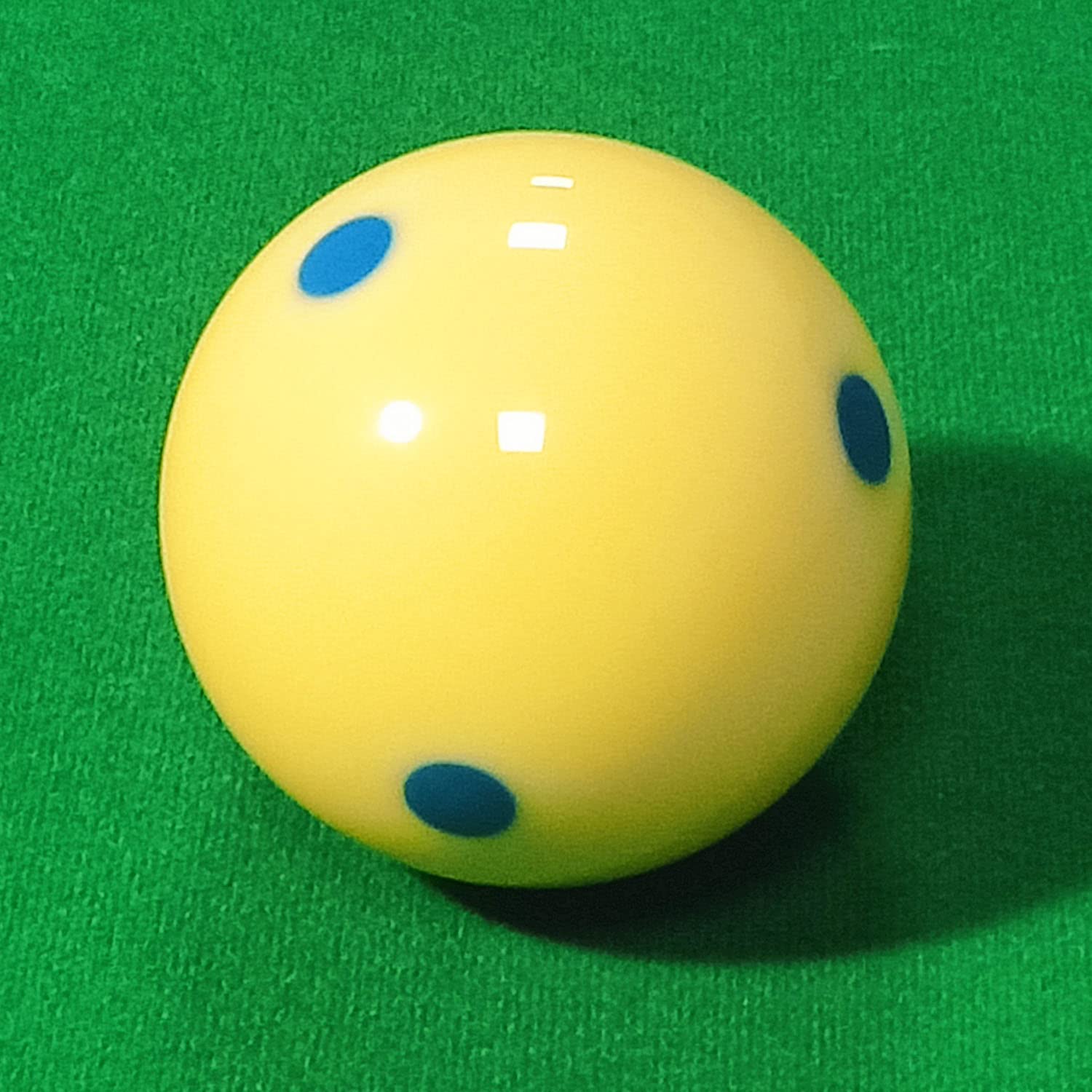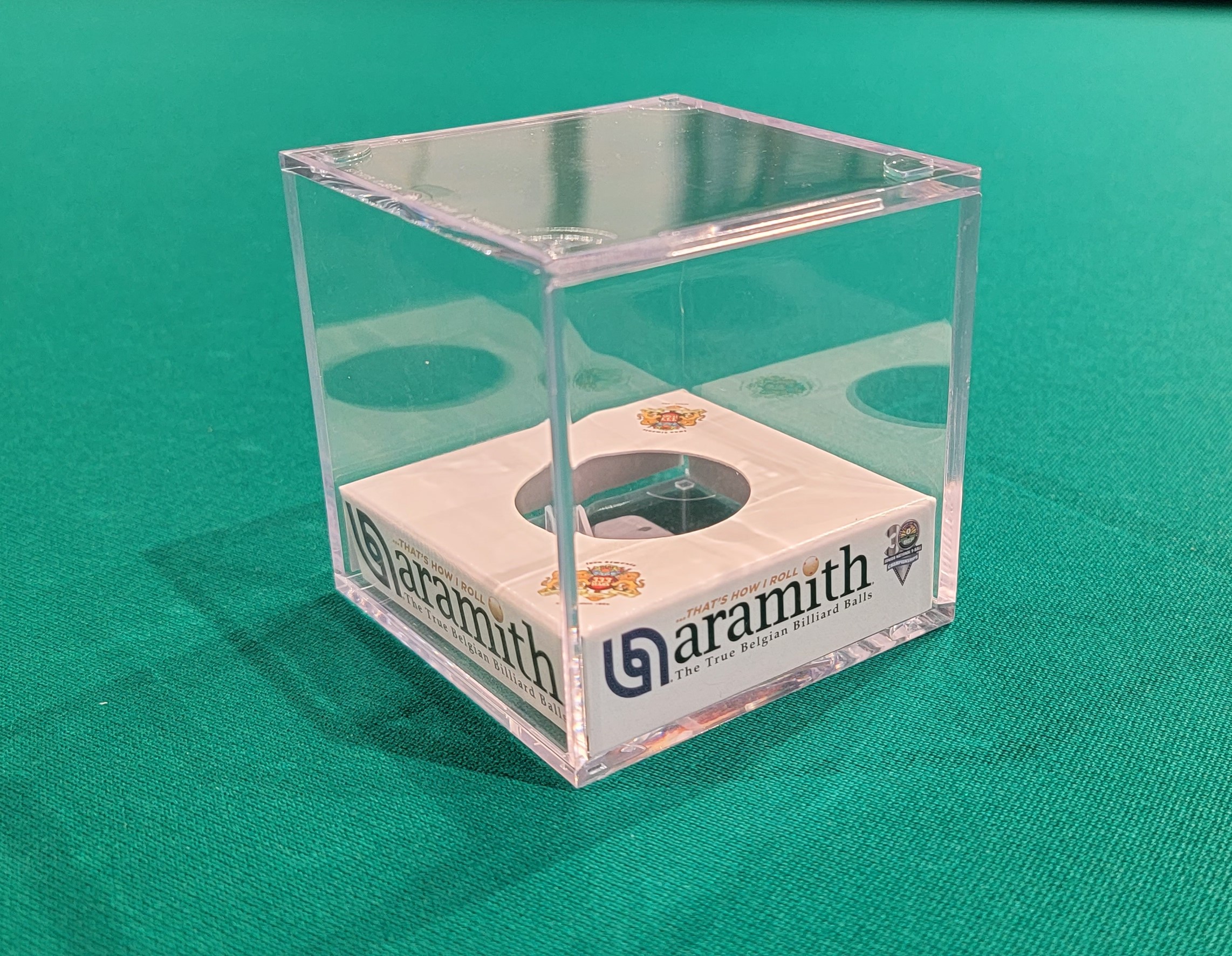Ever wondered what makes cue balls with markings stand out in the world of billiards? Let me tell ya, it's not just about the fancy design or cool patterns. This little white ball plays a crucial role in the game and trust me, you'll be amazed by the secrets it holds. Today, we're diving deep into the world of cue balls with markings and uncovering everything you need to know. So grab your cue stick and let's get started!
Now, you might be thinking, "Why would anyone care about markings on a cue ball?" Well, my friend, those markings are more than just decorations. They're actually designed to enhance gameplay, provide better accuracy, and even prevent cheating. Yep, you heard that right. In professional tournaments, these markings can make or break a player's performance. Stick around as we explore the fascinating history and significance of cue balls with markings.
Before we jump into the nitty-gritty details, let's set the scene. Picture yourself in a dimly lit billiard hall, the sound of balls clacking echoing through the room. You're about to take your shot, and suddenly you notice something different about the cue ball. Those tiny dots or lines might seem insignificant, but they're actually game-changers. Ready to learn why? Let's go!
- Breaking Is Chuck Norris Still Alive The Truth Revealed
- Unveiling Elvis Presleys Enduring Legacy A Deep Dive
What Exactly is a Cue Ball With Markings?
Let's break it down. A cue ball with markings refers to the standard white ball used in billiards that features specific patterns, dots, or lines etched onto its surface. These markings serve multiple purposes, from improving precision to identifying the ball. Unlike regular cue balls, these marked versions offer players an edge in competitive play. Think of it as upgrading your gaming experience.
Now, here's the kicker – not all markings are created equal. Different types of markings cater to various playing styles and preferences. Some players prefer simple dots, while others opt for intricate patterns. It all depends on what feels most comfortable for them. So, whether you're a casual player or a pro, there's a marked cue ball out there waiting for you.
Why Are Markings Important?
Here's where things get interesting. Markings on a cue ball aren't just for show. They play a vital role in enhancing gameplay. For starters, they help players align their shots more accurately. By providing visual cues, these markings allow players to determine the ball's rotation and predict its movement after impact. Imagine having a built-in guide to perfect your shots – that's what these markings offer.
- Why Storage Wars Participants Branding Matters Tips
- Diddys Birthday Facts Significance Celebration Impact
Additionally, markings prevent confusion during multiplayer games. In a crowded table, it's easy to mix up balls. Having distinct markings ensures everyone knows which ball belongs to whom. This simple feature saves time and avoids unnecessary disputes. Plus, it adds a touch of professionalism to the game.
History of Cue Balls With Markings
Believe it or not, cue balls with markings have been around for centuries. Back in the day, players relied on natural imperfections in the ball's surface to guide their shots. As the sport evolved, so did the technology. Manufacturers began experimenting with different designs and materials to create the perfect cue ball. Today, we have advanced markings that cater to every player's needs.
One fascinating fact? During the early 1900s, professional players used to create their own markings by scratching the ball's surface with a needle. Can you imagine doing that today? Thankfully, modern manufacturing techniques have made the process much easier and more precise. These advancements have revolutionized the game, making it more accessible to players worldwide.
Types of Markings and Their Uses
Not all markings are created equal, as we mentioned earlier. Let's take a closer look at the most common types and how they benefit players:
- Dots: Simple and effective, dots are the go-to choice for many players. They provide basic alignment without being too distracting.
- Lines: For those who need more guidance, lines offer a clearer path for predicting ball movement.
- Patterns: Intricate designs appeal to players who want both functionality and style. These markings can be customized to suit individual preferences.
- Numbers: In multiplayer games, numbered markings help identify each player's ball, reducing confusion and enhancing gameplay.
Choosing the right marking depends on your skill level and playing style. Beginners might prefer simple dots, while experienced players may opt for more complex patterns. It's all about finding what works best for you.
How to Choose the Perfect Cue Ball With Markings
Picking the right cue ball can make a world of difference in your game. Here are a few tips to help you make an informed decision:
First, consider your skill level. If you're new to billiards, start with basic markings like dots or lines. As you improve, you can experiment with more advanced designs. Next, think about your playing environment. Are you playing in a casual setting or a competitive tournament? Tournament-grade balls often come with standardized markings to ensure fairness.
Another important factor is material. High-quality cue balls are typically made from phenolic resin, which offers superior durability and performance. Avoid cheap plastic balls, as they tend to wear out quickly and affect gameplay. Lastly, don't forget about aesthetics. After all, your cue ball should reflect your personal style and taste.
Top Brands to Consider
When it comes to cue balls with markings, some brands stand out from the crowd. Here are a few worth checking out:
- Aramith: Known for their premium phenolic resin balls, Aramith is a favorite among professionals.
- Saluc: Another top contender, Saluc offers a wide range of markings to suit various playing styles.
- Chessex: If you're into customization, Chessex allows you to design your own markings for a truly unique experience.
Remember, quality matters. Investing in a reputable brand ensures you get a ball that performs well and lasts long. Don't skimp on this crucial piece of equipment – your game depends on it!
Benefits of Using Cue Balls With Markings
So, what exactly do you gain by using a cue ball with markings? Let's count the ways:
Improved accuracy is at the top of the list. With clear visual cues, you can better predict the ball's movement and adjust your shots accordingly. This leads to more successful plays and higher scores. Additionally, markings help prevent cheating by making it harder to manipulate the ball's position. In competitive settings, this ensures a level playing field for all participants.
Another benefit? Enhanced confidence. Knowing you have a reliable tool at your disposal boosts your self-assurance and allows you to focus on strategy rather than technicalities. Plus, it adds a touch of sophistication to your game, impressing fellow players and spectators alike.
Common Misconceptions
There are a few myths surrounding cue balls with markings that need addressing. One common misconception is that they're only for beginners. Wrong! Professionals use them too, often customizing their markings to suit their specific needs. Another myth is that markings make the ball heavier or unbalanced. Again, false. Modern manufacturing techniques ensure that marked cue balls maintain their perfect weight and shape.
Lastly, some players believe that markings are purely decorative. While they do add a stylish element, their primary purpose remains functional. Always prioritize performance over aesthetics when choosing a cue ball.
Tips for Maintaining Your Cue Ball
Once you've invested in a quality cue ball with markings, it's important to take care of it. Proper maintenance ensures longevity and optimal performance. Here are a few tips to keep your ball in top condition:
- Clean the ball regularly with a soft cloth to remove dirt and fingerprints.
- Avoid exposing it to extreme temperatures, as this can cause warping or cracking.
- Store it in a safe, dry place when not in use to prevent damage.
- Inspect it periodically for signs of wear and tear, replacing it as needed.
By following these simple steps, you'll ensure your cue ball remains in excellent condition for years to come. Remember, a well-maintained ball is a happy ball – and happy balls lead to successful games!
DIY Marking Solutions
Feeling adventurous? Why not try creating your own markings? With a bit of creativity and the right tools, you can customize your cue ball to suit your unique style. Here's how:
Start by cleaning the ball thoroughly to remove any dirt or oils. Next, use a fine-tip permanent marker or etching tool to create your desired design. Be sure to test your technique on a spare ball first to avoid mistakes. Finally, seal your markings with a clear coat to protect them from wear and tear.
Keep in mind that DIY markings may not be suitable for competitive play, as they may not meet tournament standards. However, they're perfect for casual games or personal use. Let your imagination run wild and create something truly one-of-a-kind!
Conclusion: Elevate Your Game with Cue Balls With Markings
There you have it – everything you need to know about cue balls with markings. From their fascinating history to their practical applications, these marked balls offer countless benefits to players of all skill levels. By choosing the right markings and maintaining your ball properly, you'll enhance your gameplay and enjoy the sport even more.
So, what are you waiting for? Head over to your local billiard store or browse online for your perfect cue ball with markings. And don't forget to share your experience with us in the comments below. Who knows? You might just inspire others to take their game to the next level too!
Table of Contents:
- What Exactly is a Cue Ball With Markings?
- Why Are Markings Important?
- History of Cue Balls With Markings
- Types of Markings and Their Uses
- How to Choose the Perfect Cue Ball With Markings
- Top Brands to Consider
- Benefits of Using Cue Balls With Markings
- Common Misconceptions
- Tips for Maintaining Your Cue Ball
- DIY Marking Solutions
- Breaking Down Al Pacinos Net Worth Secrets Revealed
- Breaking George Clooney Twins 2024 The Truth Revealed


